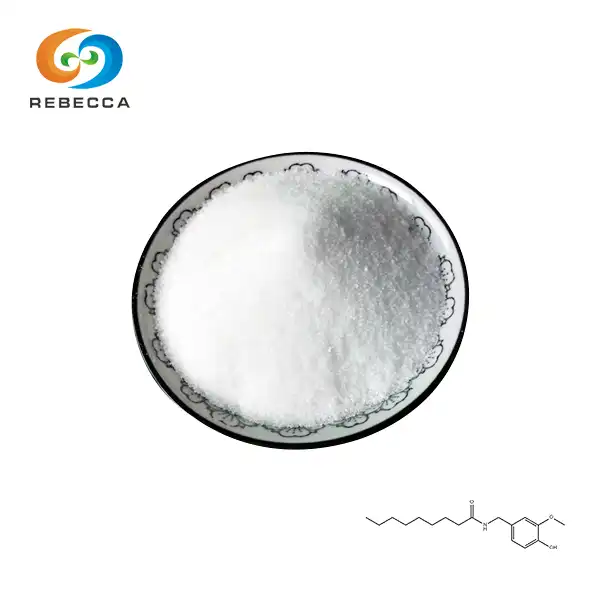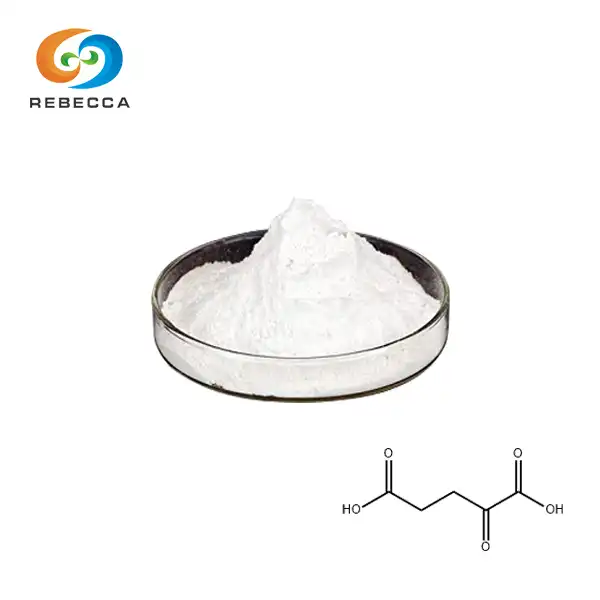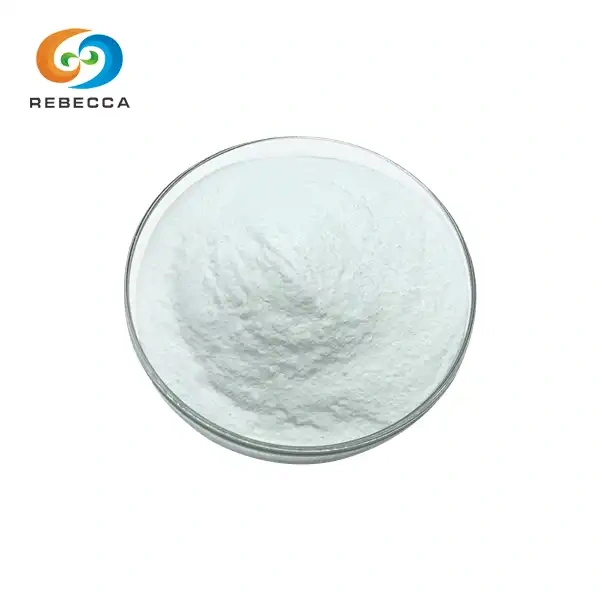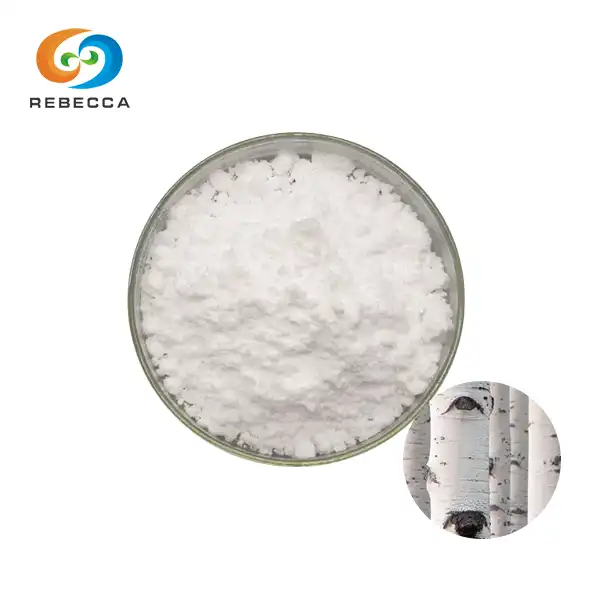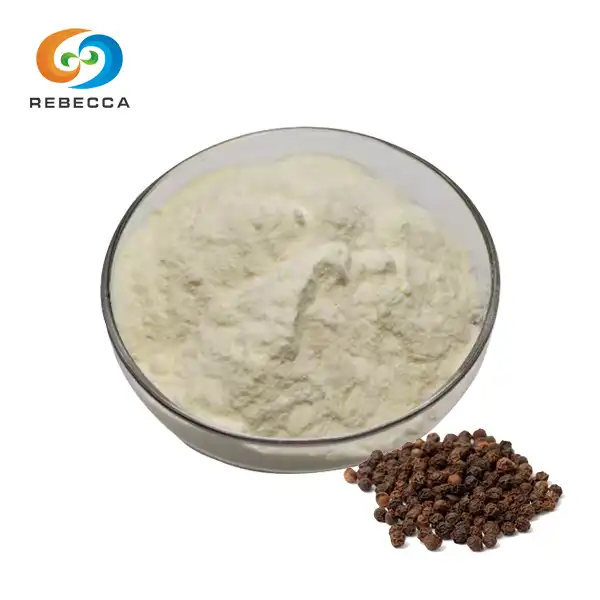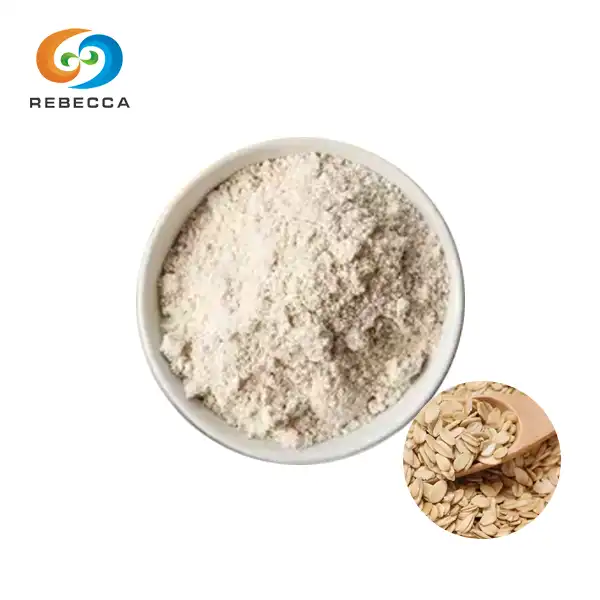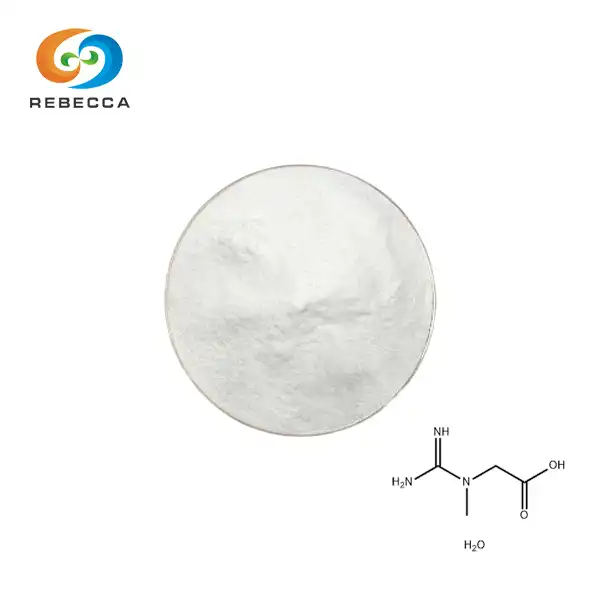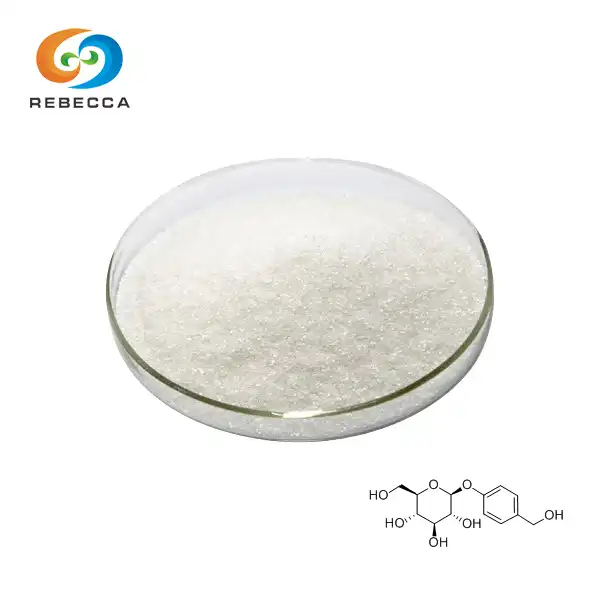The Science Behind Acid Carnosic and Its Health Benefits
Acid carnosic, a powerful antioxidant found in herbs like rosemary and sage, has been capturing the attention of researchers and health enthusiasts alike. This naturally occurring compound boasts an impressive array of potential health benefits, from neuroprotection to cancer prevention. In this comprehensive exploration, we'll delve into the science behind acid carnosic and uncover its remarkable properties that could revolutionize our approach to health and wellness.

Research Studies on Acid Carnosic
The scientific community has been abuzz with studies investigating the potential of acid carnosic. Researchers have uncovered a wealth of information about this compound's properties and effects on various biological processes.
One groundbreaking study published in the Journal of Neurochemistry examined the neuroprotective capabilities of acid carnosic. The researchers discovered that this compound could activate the Nrf2 transcription factor, a key player in the body's defense against oxidative stress. This activation led to increased production of antioxidant enzymes, effectively safeguarding neurons from damage caused by free radicals.
Another noteworthy investigation, featured in the journal Carcinogenesis, explored acid carnosic's potential as an anti-cancer agent. The study revealed that this compound could inhibit the proliferation of colon cancer cells by modulating specific signaling pathways involved in cell growth and survival. These findings suggest that acid carnosic may hold promise as a natural therapeutic agent in cancer prevention and treatment.
Furthermore, a study published in the Journal of Agricultural and Food Chemistry shed light on the antioxidant properties of acid carnosic in food systems. The researchers found that this compound exhibited superior antioxidant activity compared to synthetic preservatives, suggesting its potential use as a natural food preservative to extend shelf life and maintain product quality.

The Mechanisms of Acid Carnosic in the Body
To truly appreciate the health benefits of acid carnosic, it's crucial to understand how this compound interacts with our bodies at a molecular level. Let's explore some of the key mechanisms through which acid carnosic exerts its beneficial effects:
Antioxidant Activity: Acid carnosic is a potent antioxidant, capable of neutralizing harmful free radicals that can damage cellular components. Its unique chemical structure allows it to donate electrons to unstable molecules, effectively halting the chain reaction of oxidative stress. This property is particularly valuable in protecting lipids from peroxidation and proteins from carbonylation, two processes implicated in various chronic diseases.
Nrf2 Pathway Activation: As mentioned earlier, acid carnosic can activate the Nrf2 transcription factor. This activation triggers a cascade of events leading to the increased expression of antioxidant and detoxifying enzymes. By bolstering the body's natural defense systems, acid carnosic helps maintain cellular homeostasis and protects against oxidative damage.
Anti-inflammatory Effects: Chronic inflammation is a common underlying factor in many diseases. Acid carnosic has demonstrated anti-inflammatory properties by inhibiting the production of pro-inflammatory mediators such as nitric oxide and prostaglandin E2. This action may contribute to its potential therapeutic effects in conditions characterized by excessive inflammation.
Modulation of Cell Signaling: Research has shown that acid carnosic can influence various cellular signaling pathways involved in cell growth, differentiation, and survival. For example, it has been found to inhibit the activation of NF-κB, a transcription factor implicated in inflammation and cancer progression. By modulating these pathways, acid carnosic may exert its anti-cancer and neuroprotective effects.

Potential Health Applications of Acid Carnosic
The diverse mechanisms of action exhibited by acid carnosic open up a world of potential health applications. While more research is needed to fully elucidate its effects in humans, the current body of evidence suggests several promising areas for future investigation:
Neuroprotection: The ability of acid carnosic to activate antioxidant defenses and protect neurons from oxidative damage makes it a promising candidate for preventing and treating neurodegenerative disorders such as Alzheimer's and Parkinson's disease. Its neuroprotective properties may also extend to other conditions affecting the central nervous system, such as stroke and traumatic brain injury.
Cancer Prevention and Treatment: The anti-cancer potential of acid carnosic is an exciting area of research. Its ability to inhibit cancer cell proliferation, induce apoptosis, and modulate signaling pathways involved in tumor growth suggests that it could be a valuable adjunct to conventional cancer therapies. Moreover, its antioxidant properties may help protect healthy cells from the damaging effects of chemotherapy and radiation.
Cardiovascular Health: Oxidative stress and inflammation play crucial roles in the development of cardiovascular diseases. The potent antioxidant and anti-inflammatory properties of acid carnosic may help protect the heart and blood vessels from damage, potentially reducing the risk of conditions such as atherosclerosis and hypertension.
Metabolic Disorders: Emerging research suggests that acid carnosic may have beneficial effects on metabolic health. Studies have shown that it can improve insulin sensitivity and reduce lipid accumulation in liver cells, indicating potential applications in the prevention and management of conditions like type 2 diabetes and non-alcoholic fatty liver disease.
Skin Health: The antioxidant properties of acid carnosic make it an attractive ingredient for skincare products. It may help protect the skin from UV-induced damage, reduce inflammation, and potentially slow down the aging process by neutralizing free radicals that contribute to wrinkle formation and collagen breakdown.

Conclusion
In conclusion, acid carnosic stands out as a remarkable compound with a wide range of potential health benefits. From its powerful antioxidant properties to its ability to modulate critical cellular pathways, this natural molecule offers exciting possibilities for improving human health and well-being. As research continues to unravel the mysteries of acid carnosic, we may see its integration into various therapeutic strategies and preventive measures in the future.
For more information about acid carnosic and other natural herbal extracts, please contact us at information@sxrebecca.com. Our team of experts is dedicated to providing high-quality, science-backed products to support your health and wellness journey.
References
1. Johnson, J. J. (2011). Carnosol: A promising anti-cancer and anti-inflammatory agent. Cancer Letters, 305(1), 1-7.
2. Satoh, T., Izumi, M., Inukai, Y., Tsutsumi, Y., Nakayama, N., Kosaka, K., ... & Lipton, S. A. (2008). Carnosic acid, a catechol‐type electrophilic compound, protects neurons both in vitro and in vivo through activation of the Keap1/Nrf2 pathway via S‐alkylation of targeted cysteines on Keap1. Journal of Neurochemistry, 104(4), 1116-1131.
3. Birtić, S., Dussort, P., Pierre, F. X., Bily, A. C., & Roller, M. (2015). Carnosic acid. Phytochemistry, 115, 9-19.
4. Petiwala, S. M., & Johnson, J. J. (2015). Diterpenes from rosemary (Rosmarinus officinalis): Defining their potential for anti-cancer activity. Cancer Letters, 367(2), 93-102.
5. Loussouarn, M., Krieger-Liszkay, A., Svilar, L., Bily, A., Birtić, S., & Havaux, M. (2017). Carnosic acid and carnosol, two major antioxidants of rosemary, act through different mechanisms. Plant Physiology, 175(3), 1381-1394.
_1730691017423.webp)

